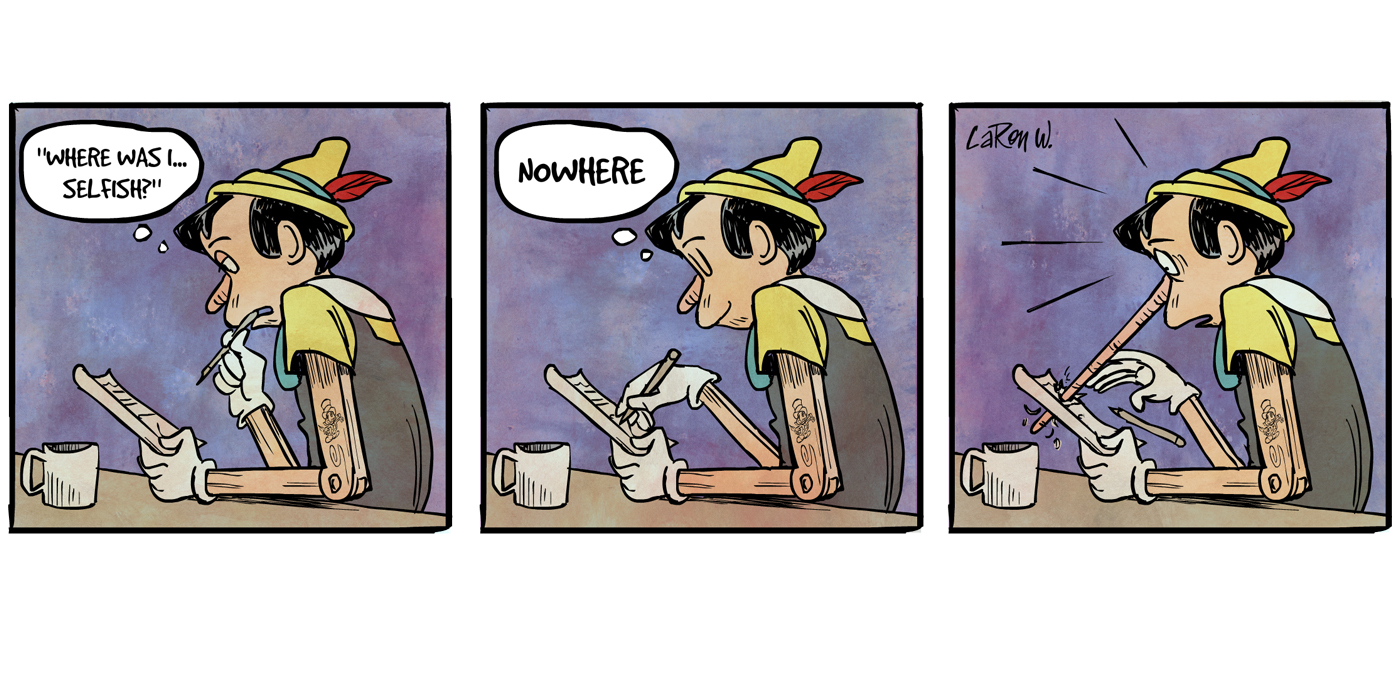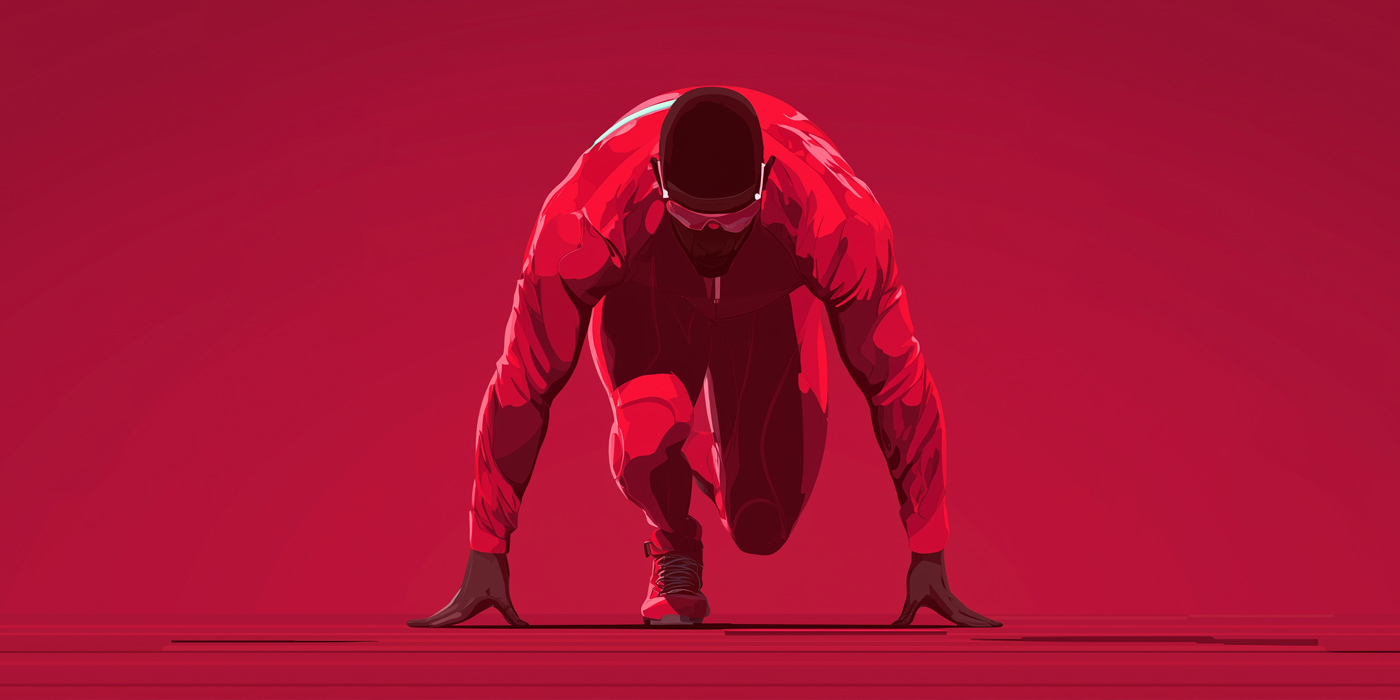We may be experiencing something significant in SA. The Maryland Marathon and Mid-Western Regional reports (elsewhere in this issue) state that the most powerful session of the day (October 18th and 4th) was when, under example of the leader, those members who chose, “gave away their top plate.” As far as we know, this first took place in the Warm Beach, Washington convention last year. In each of these three cases, it was reported by several to have been the most potent or meaningful experience of the get-together.
What is this “sending away of the top plate”? It was first used as a practical way of working Steps 6 and 7 as a group exercise. The top plate refers to the spring-loaded plate dispenser in cafeterias and salad bars, a stack of plates whose weight brings the level of the stack down to about counter-level. As the top plate is picked up, the stack rises, exposing the next plate underneath.
The idea is that there often seems to be one thought, attitude, or behavior in our lives that’s standing in the way of further recovery or growth—one sticking point in our wills, one thing we’re consciously hanging onto that obstructs, that’s holding things down. Of course, at first, this was our addiction itself; without picking it up off the stack, so to speak, and dealing with it, we weren’t about to go anywhere. It covered all the other pathology. Once we got sober though, this exposed the next defect, which we could then see and acknowledge and work the Steps on.
Often we discover the next plate to be a particular resentment, dependency, or other form of our drug; usually these are merely different manifestations of the ego-force that underlies our addiction—the Big I. We’re always faced, it seems, with something too precious to let go of, “self-will which has always blocked the entry of God” (12 & 12, Step 3, page 34).
“Even the best of us will discover to our dismay that there is always a sticking point, a point at which we say, ‘No, I can’t give this up yet.’ And we shall often tread on even more dangerous ground when we cry, ‘This I will never give up!’ Such is the power of our instincts to overreach themselves. No matter how far we have progressed, desires will always be found which oppose the grace of God” (12 & 12, Step 6).
“I can’t let it go!” we say. But we are the only ones who can—and do. And when we do, the grace and love and peace of God flood back in and restore us and make us whole and joyous again.
But there must be someone to send them away to; that’s why we may need some such special experience with each other and the One who has the only remedy for our wrongs, the only one who can bear them. Our experience seems to be validating the very heart of our program—Steps 4 through 10—the forsaking and righting of our wrongs. It seems to be showing us powerfully that whenever we bring out into the light of one another and send away to God such thoughts, attitudes, and behavior, we connect in a very powerful way with the larger presence, and the light then floods into our souls. We are freed, and we are cleansed. That which was in the way is out of the way. The plate is clean, and the peace of God prevails within and fills our hungry soul with goodness. And, we are one with each other.
R.K.






